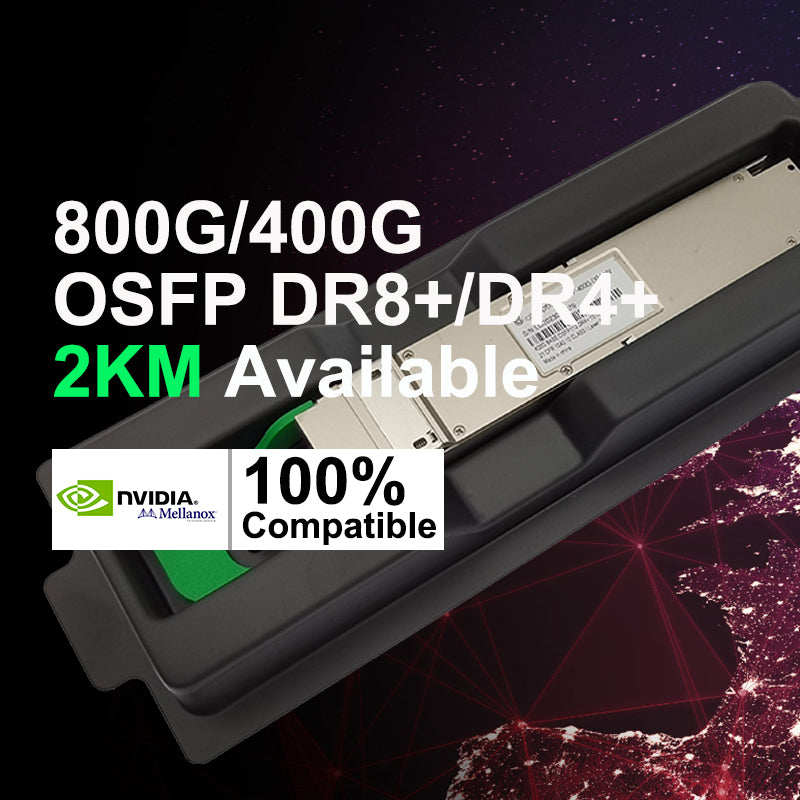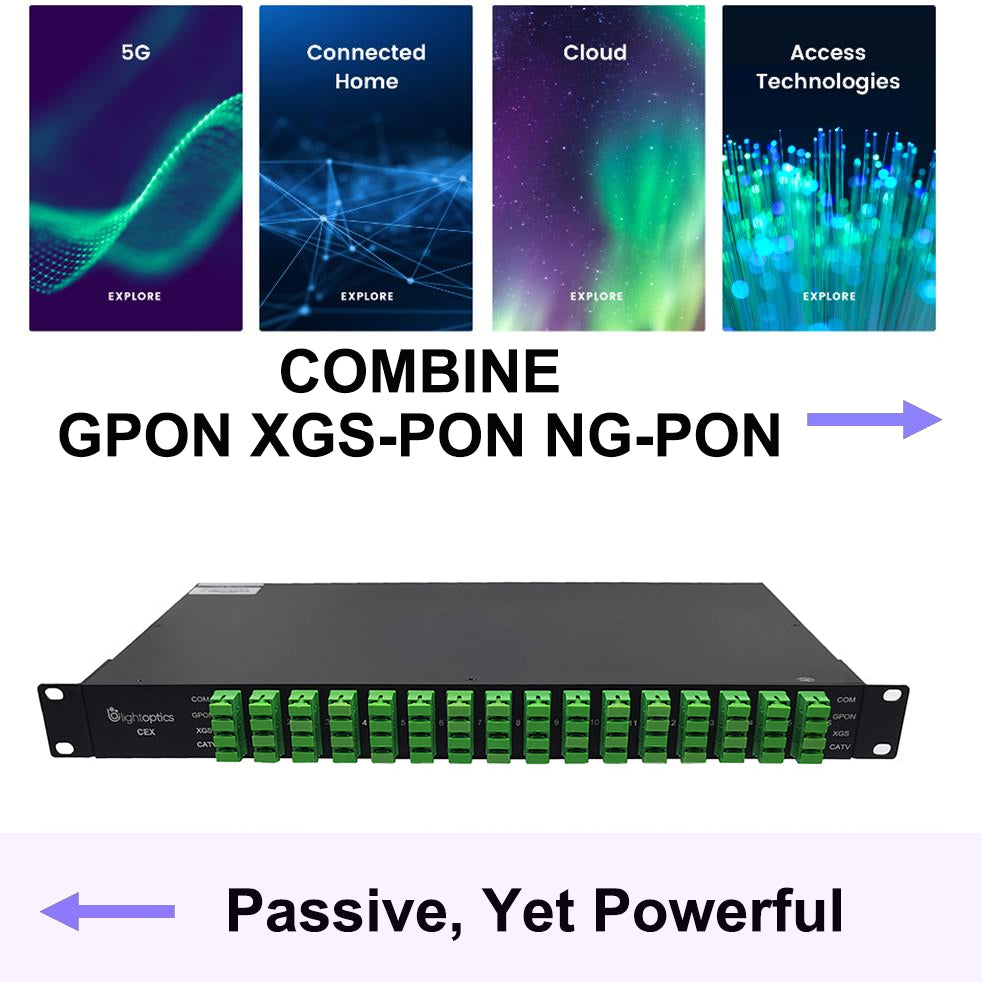FBG Fiber Optic Reflector is the Ideal Optical End of FTTX Network Link Monitoring
What is a Fiber Optic Reflector?
Fiber optic reflector, also known as fiber Bragg grating filter, is usually installed in the front end of optical network ONU. Combined with OTDR equipment, optical link point-to-point (PTP) or point-to-multi-point (PTMP) network monitoring can be realized, and network anomalies can be reflected quickly and accurately.
The fiber optic reflector provided by LightOptics has the advantages of low insertion loss,high reflectivity,convenient installation, etc., and is an ideal optical device for network link monitoring;It is widely used in PON network. OTDR testing, central computer room testing, FTTX and other fields.
Common types include adapter type and pigtail type. LightOptics provides different types of fiber optic reflector, such as SC/APC Female-Male type, LC/APC Female-Male type, SC/APC pigtail type and LC/APC pigtail type.
The fiber(FBG)reflector provided by LightOptics meets the working environment of-20~70℃ ,with an average of more than 500~1000 insertion and removal tests,with stable performance and reliable quality.

What is Fiber Grating?
FBG is called Fiber Bragg Grating, which is also referred to as Fiber Grating. Fiber grating is a kind of diffraction grating, which mainly increases the probability of refraction of the optical fiber core inside it through certain methods, so as to form a kind of all-fiber device formed by periodic modulation.
Fiber grating has the characteristics of small volume, good wavelength selectivity, good compatibility, and mature production process, good practicability and low cost, so it is widely used in the field of communication and sensing, and devices based on fiber grating become the ideal key devices in the all-optical network.
The FBG reflector uses the wavelength selectable feature of the fiber grating to embed the fiber grating in the adapter. It can be conveniently installed in the front end of the optical network (ONU), and combined with optical time domain reflector (OTDR), it can quickly and accurately detect optical network faults. Due to the excellent wavelength selection characteristics of fiber Bragg grating, it is anti-electromagnetic interference, and the central wavelength shift is very small with the change of external temperature. When the coverage range and depth of optical network are increasing, the fault point of the entire optical network can be detected quickly and accurately.
Application of Fiber Optic Reflector
Fiber optic reflector is a compact device that reflects a special wavelength while passing through all other wavelengths. It is used to detect any link problem in the PON system. Usually, the special wavelength is a test wavelength, which is not in the range of the working wavelength. It makes the test to find the problem will not affect the normal links.
As we know, the OTDR can be used to detect the link where is damaged or broken. But when the light signal is split into several parts(splitter is used in the FTTH network), only OTDR is not enough to solve the problem since it is difficult to measure the reflection and attenuation of split signal and find the link damage position through echo delay. In this case, OTDR + fiber optic reflector system is a good solution. OTDR measure the reflect wavelength and compare the return loss between the fault link and normal link, in this way it can not find the accurate position where is damaged, but it can find which fiber is broken or damaged. Normally we just need replace the damaged fiber with a new one then can solve the problem.
The workflow as below:

According to the working mechanism, there are two types:
FBG fiber optic reflector
The fiber material is photosensitive, the incident light coherent field pattern can be written into the core of the fiber through exposure to ultraviolet light, it makes the refractive index of the core axis change periodically, then form a spatial phase grating. It functions as a narrow band filter in the core. When a beam of broad-spectrum light passes through the fiber grating, the wavelength which meets the Bragg condition of the fiber grating will reflect, and the rest of the wavelengths will pass through the fiber grating.
Dielectric film reflector
The dielectric film reflector can be pre-installed in the connector or adapter. It will change the physical structure of the connector/adapter.
For more information about fiber optic reflector, please go to https://lightoptics.co.uk/ . LightOptics is an optical passive device manufacturer, which is offering fiber connectivity, WDM, PLC splitter, and high-density datacom cabling and so on.












